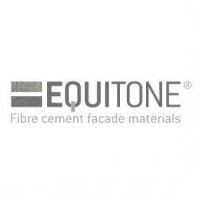-
Australia
Copyright © 2025 Powered by BCI Media Group Pty Ltd
Confirm Submission
Are you sure want to adding all Products to your Library?
Contact Detail

The materials we use in our built environment today have a direct impact on the health and well-being of people and planet now – and in the future. Cradle to Cradle Certified is one way building materials suppliers and architects alike can ensure the materials and products we make and use today are designed to enable a safe, equitable, sustainable tomorrow.- EQUITONE’s materials are - Recyclable - Durable (+50 years) - Low material usage/m² - Lightweight - Low maintenance- Modular






